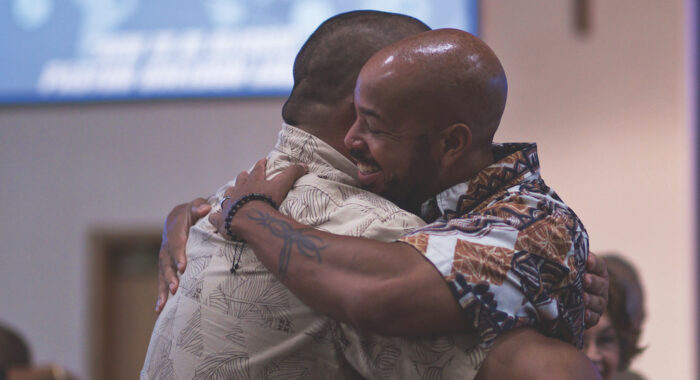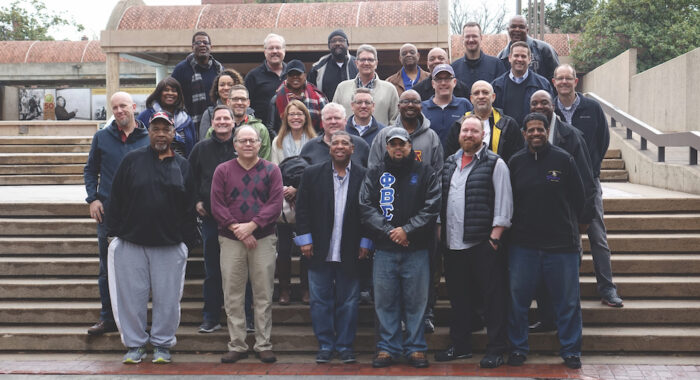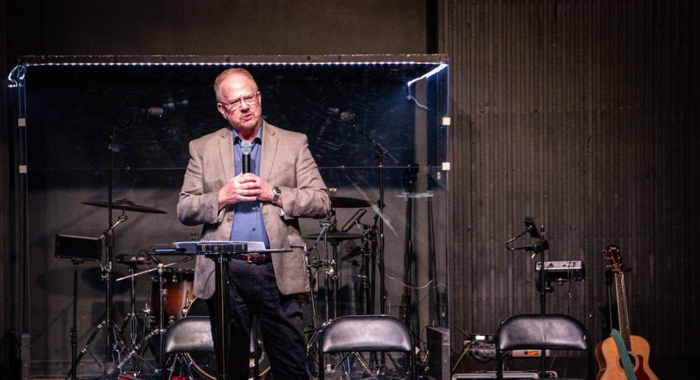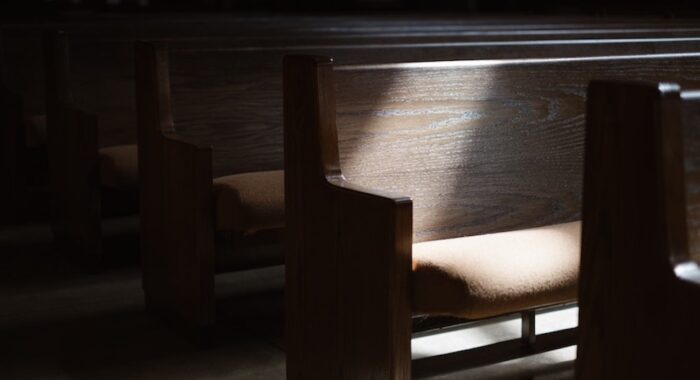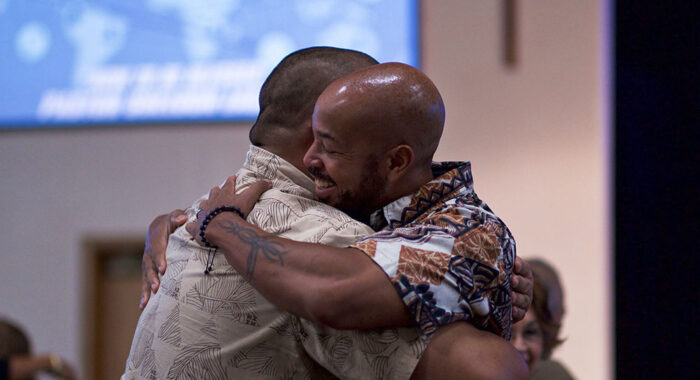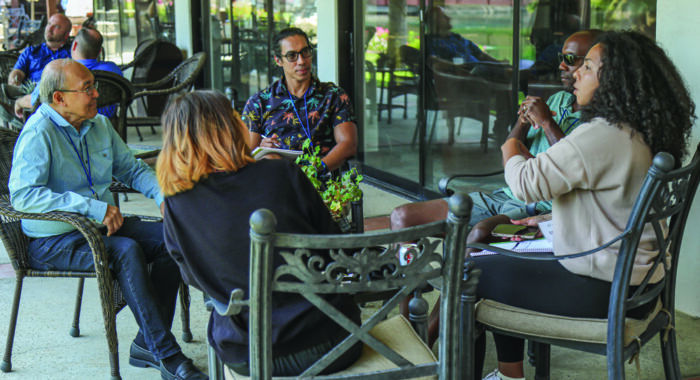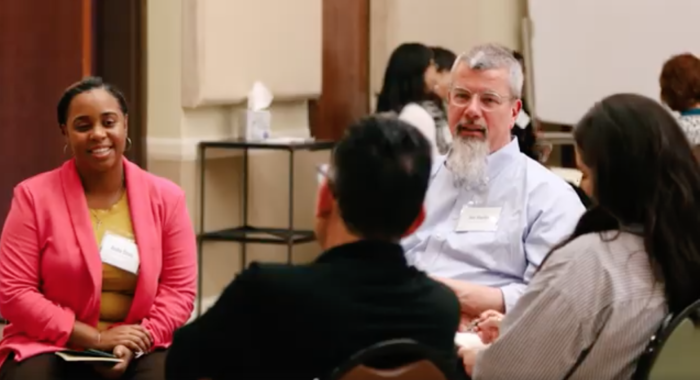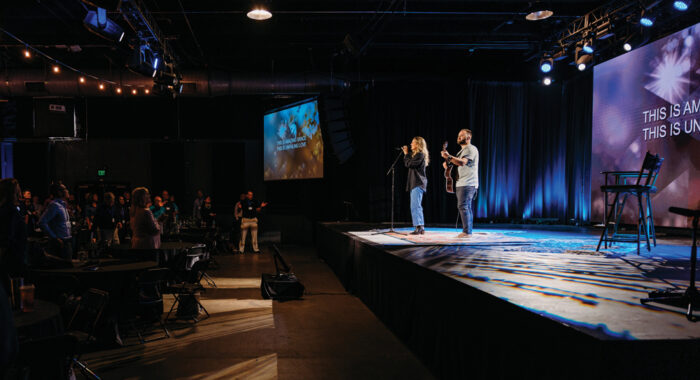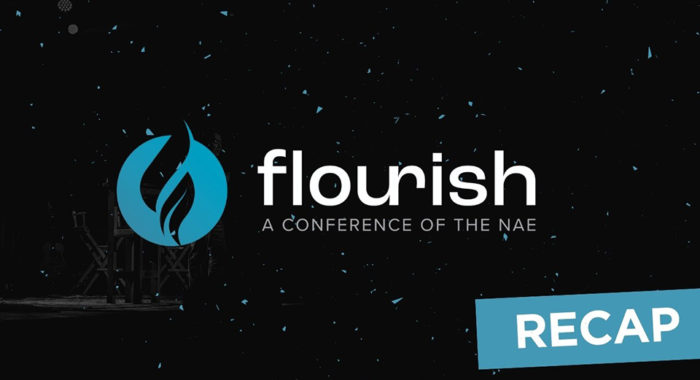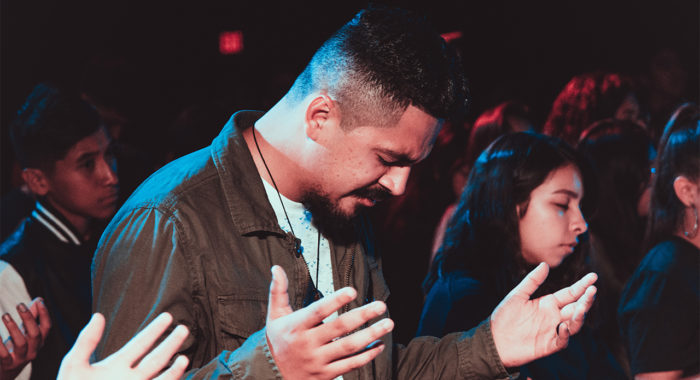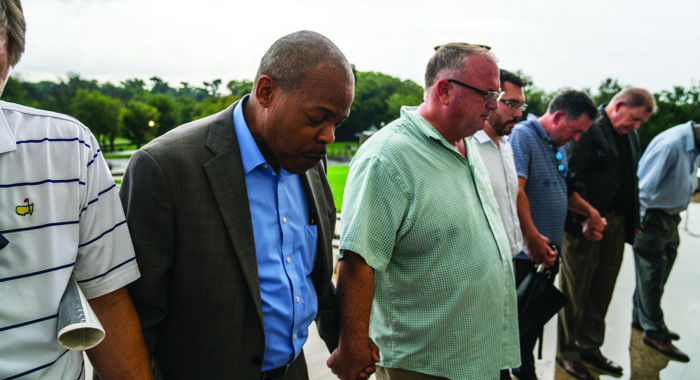Annie and Steve Kullberg attended their first missions conference in 1983 and had no idea how it would galvanize their spiritual journey for the decades that followed. As a young couple and relative newlyweds, they were conspicuous among a mostly older crowd that gathered at Wheaton College that summer. The Kullbergs believed that God was calling them to participate in missions as “senders” (financial givers), and they were exploring potential organizations to support. However, the couple realized that they needed some sort of guide to help them discern which organizations were most aligned with their theological convictions.
Plumb Line for Theological Integrity
Browsing the promotional materials of dozens of mission agencies represented at the conference, the Kullbergs found material from the National Association of Evangelicals. Immediately, they were drawn to the Statement of Faith as a compelling summation of their core beliefs. They decided to use the NAE Statement of Faith as a plumb line for evaluating the theological integrity of organizations they were inclined to support. By God’s grace and as a result of frugal living, the Kullbergs have already been able to realize one of their life goals: to give away a significant percentage of their income to charitable causes. They are grateful to the NAE for helping them identify trustworthy organizations that have stood the test of time in advancing kingdom work.
Over the past four decades, Steve and Annie have moved regularly for Steve’s work. Each time they moved to a new city, one of their first tasks was to find a local church. In the course of their many moves, the Kullbergs ended up worshiping in churches from 10 different denominations representing the broad spectrum of evangelical faith. “As we moved to other places, we would ask churches to show us their doctrinal statements. We then compared those statements to the NAE Statement of Faith, and we would choose which churches to attend based on how closely they aligned with the NAE.”
Faithful Church Communities
But it wasn’t only the Statement of Faith that helped the Kullbergs. As they read materials produced by the NAE, the couple became more familiar with the diversity of churches and traditions, and they took note of the various denominations and churches who were NAE members.
Shortly after the Wheaton missions conference in1983, the Kullbergs were living in Rochester, New York, and there they encountered a highly polarized Christian community, which made it difficult to find a church. Steve and Annie hadn’t had any exposure to the charismatic movement, but after learning that the local Assemblies of God church was a member of the NAE, they decided to worship there. Steve recalls, “Knowing of the church’s involvement with the NAE gave us a great sense of relief after the stress of struggling to find a church in an otherwise divisive context.”
In some of the places they moved, the Kullbergs had a hard time finding a local body of believers with whom to connect. It was during these times, especially, that they relied heavily on NAE’s resources. Faithful readers of the NAE magazine for several years now, the Kullbergs shared the following: “Whenever the magazine would arrive, we were reminded that we were (and still are) connected to a much larger body of believers, even when we had a hard time finding a local congregation.”
In one church, the Kullbergs had doubts about whether the pastor’s behavior was in alignment with Scripture. Referring back to NAE’s resources, their doubts were confirmed. They were empowered to make the difficult, but necessary choice of leaving the church to worship elsewhere.
Steve sums up the NAE’s impact this way: “The NAE has been a beacon of light and a standard by which to compare other organizations and churches. In our discipleship journey, the NAE has kept us grounded.”
Substantive Evangelical Identity
Reflecting on how his understanding of the term “evangelical” has changed (or not) over the years, Steve shared the following: “I am still committed to the original meaning of the term, but am concerned about how it’s been co-opted and watered down over time. Before, it was a much more substantive identity. It pains me to see the way it’s become such a negative point of reference in the media. For me, the key is living in the center of biblical balance. And the NAE is my central point for finding that balance.”
Steve had the following message for fellow evangelicals who may be discouraged or struggling with their evangelical identity: “Don’t despair about how the media portrays evangelicals. If we follow the core tenets of our faith, we will find like-minded believers. Yes, the Church is flawed, but there is a faithful remnant, although sometimes you have to dig to find it. As Christians, we are meant to be together, and the NAE plays a crucial role in helping us identify common ground that can unify us.”
This article originally appeared in Evangelicals magazine.
Since July 2020, Cullen Rodgers-Gates has been serving as the director of development and membership at the National Association of Evangelicals. In this role, he established and leads the NAE’s development program while also engaging with a growing community of active members. Prior to his work at the NAE, Rodgers-Gates spent 20 years in international service-learning and nonprofit leadership, including six years as executive director of Congo Initiative USA. Rodgers-Gates holds two degrees from Wheaton College: a bachelor’s degree in philosophy and a master’s degree in historical and systematic theology.




 View All Articles
View All Articles 


